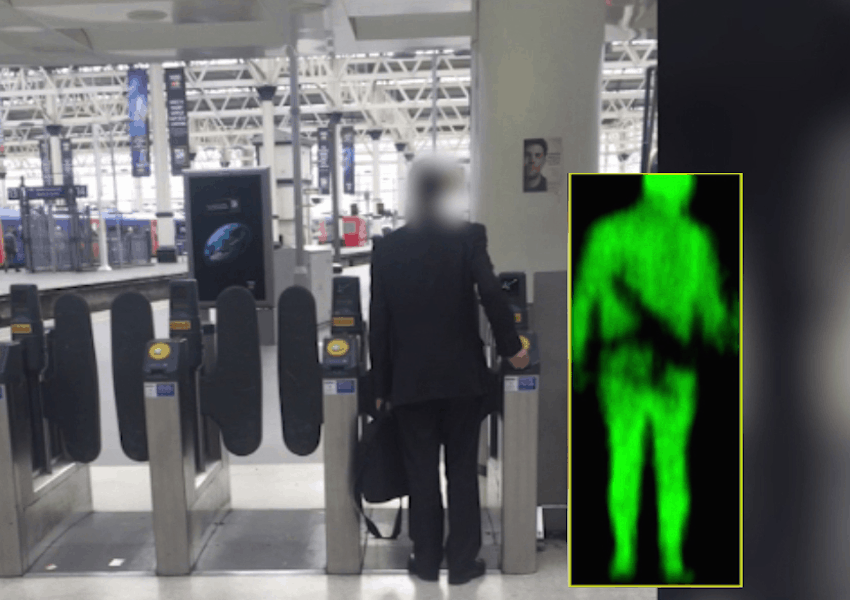
Digital Barriers, a UK-based intelligent vision specialist, recently signed an agreement with the US Transportation Security Administration (TSA) to enhance the capability of its ThruVis camera system for detecting weapons and concealed explosives at the nation’s airports.
ThruVis is a highly sensitive camera, capable of spotting objects hidden under clothing, such as a suicide vest, from up to 10m away. It can be operated remotely as people walk through a crowded area, without the need to stop them, and is small enough to be installed on the roof of airport buildings to scan passengers below, according to Richard Revis, senior manager at Digital Barriers.
“In this way you can start to screen people before they reach a check point, because there may already be quite a large group of people at the check point, making it a sensitive spot,” he said.
The system is based on the use of Terahertz radiation. Terahertz energy reflected from people’s bodies passes through clothing. But any objects concealed underneath their clothing will show up in contrast on the screen.
The company has also developed a facial recognition technology called SmartVis, which is capable of scanning a large crowd of people to identify those on terrorist watch-lists, for example.

SmartVis, which works with off-the-shelf video cameras, first uses a neural network-based system to spot faces within the frame. In a follow-up step, known as metadata extraction, the software then examines characteristics from each face, which can be used to match against, said Revis.
“For the matching step, we use a machine learning-based technique, which has been trained on very large databases of faces,” he said. “So instead of a person having to figure out which features of a face make it an individual, the computer can look at this enormous library of faces and teach itself which features in it are the most relevant for telling two people apart.”




Swiss geoengineering start-up targets methane removal
No mention whatsoever about the effect of increased methane levels/iron chloride in the ocean on the pH and chemical properties of the ocean - are we...